Famous for its history, culture, and beautiful scenery, Portugal is situated on a large portion of the Iberian Peninsula, providing travelers with plenty to discover. Best known for its beaches and bordered by Spain, you can easily travel to other European nations while visiting.
Once home to Neanderthals, Homo sapiens, pre-Celt, Celt, and Roman people, the country has been a favorite for centuries. A great place for those who love architecture, and spending time on the coast, Portugal should be on your bucket list of must-see destinations.
Bem-vinda – Welcome to Portugal!
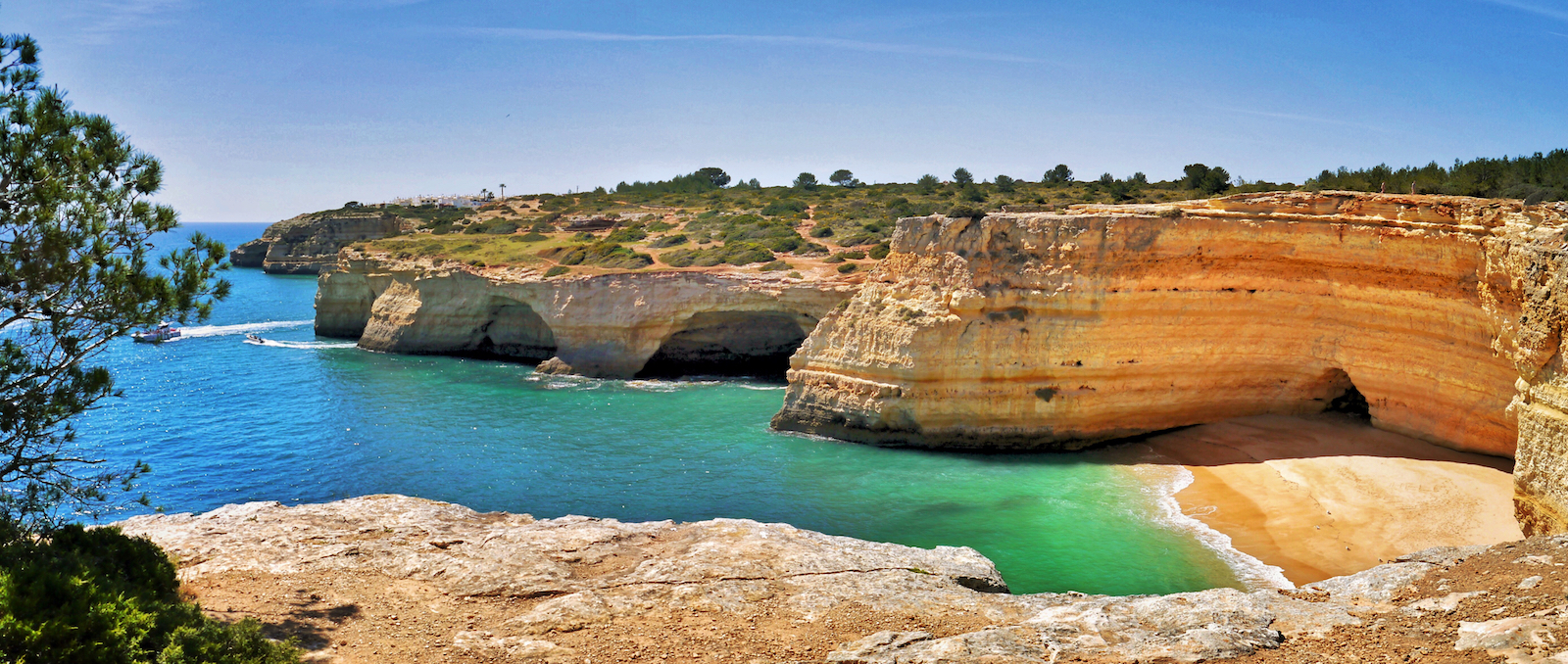
The diverse mix of history and people have made Portugal’s culture unique. Traces of the country’s past have been proudly preserved and are now open to visitors. Medieval towns, villages, castles, and carvings are all reminders of Portugal’s impressive character.
While manmade structures have become a part of the landscape, Portugal’s nature has been there for thousands of years. It’s a major draw for many outdoor enthusiasts. From granite peaks to towering waves and dramatic cliffs, nature in Portugal shines bright.
Popping with color, Portugal’s capital city of Lisbon is sprawled out amongst seven hillsides, which all overlook its aquatic base, the Rio Tejo. Each hillside has its own stunning views of the area and is filled with cobblestone streets, impressive cathedrals, and preserved mosaics. One of the hills even has its own castle on the top.
Beyond the powerful beauty of the city landscape, Lisbon also is a great place to dive headfirst into Portuguese culture. Dining and drinking have also made the city famous with plenty of gourmet food options. Nightlife is also everywhere. Truly.
With no laws against open containers, the parties often spill onto the Lisbon streets to liven up the neighborhood.
- Culture and Language
- Spending Budget
- How to Get Around
- Top Cities to Visit
- Points of Interest
Culture and Language
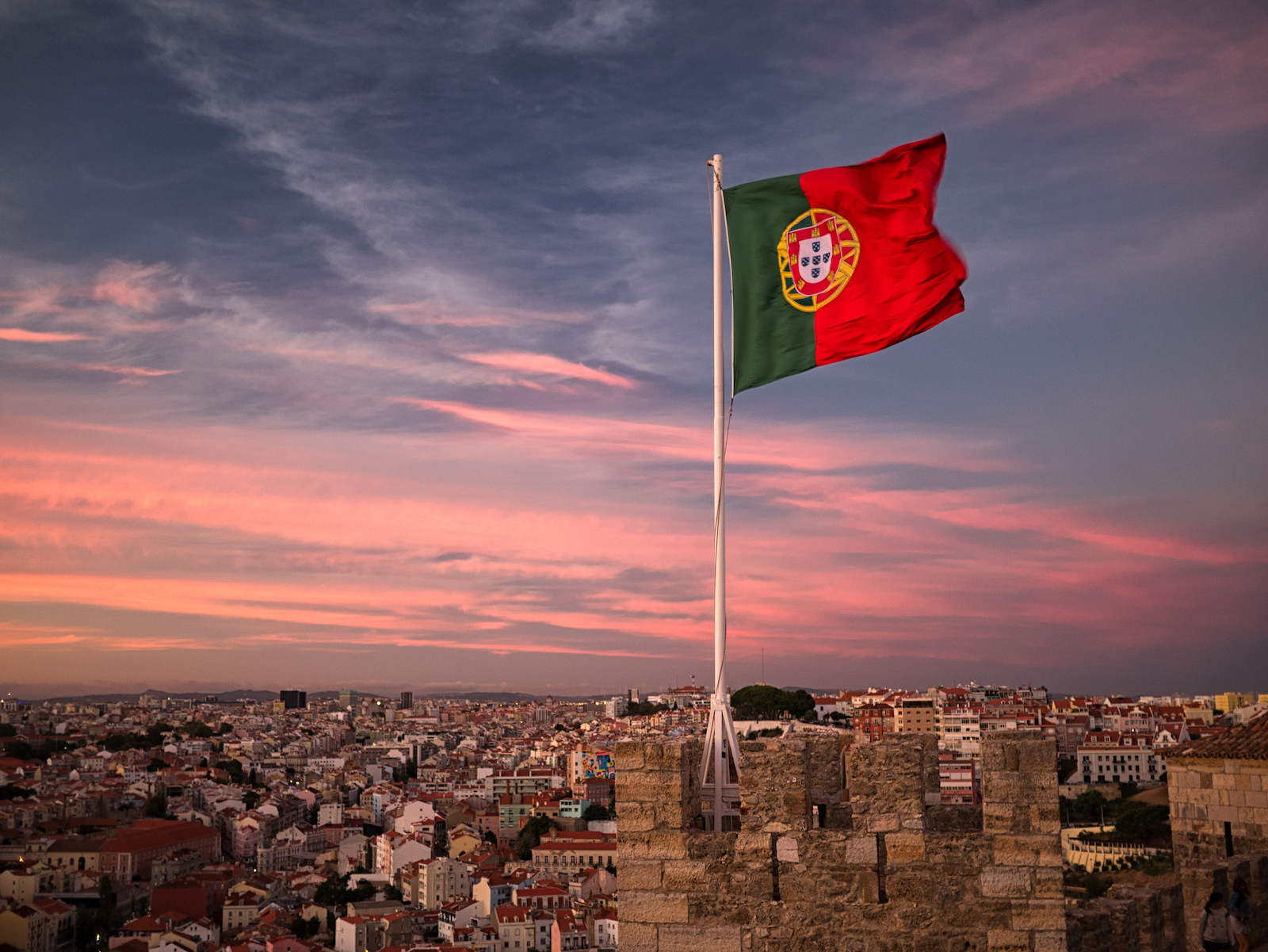
With a recorded history that dates back 400,000 years ago, it’s impossible to break down Portugal’s extensive past in just a few paragraphs. Some of the highlights of the country’s history include Homo heidelbergensis and Portugal’s extensive naval exploration.
Portugal History
The country’s earliest record of humans is about 400,000 years old and traces itself to Homo heidelbergensis, which is a fossilized skull that was found in the Cave of Aroeira. From there, Homo sapiens arrived about 35,000 years ago and expanded into a developed country.
In the 15th and 16th centuries, Portugal had significant power in Europe that matched equally to England, Spain, and France. With an established empire, Portugal began to seek new territory and began to colonize new areas. Settled in 1445, the Azores still remain as a territory today.
They were founded before the Portuguese began heading south toward Africa. The explorations led to the mapping of the trade route to India, as well as the colonization of Brazil. While Portugal remained a controlled empire for hundreds of years, the system wouldn’t suit the modern world and the country became a democracy.
Although countries have expanded past Portugal in today’s world, the country still remains powerful and has become a tourist destination.
Portuguese Culture
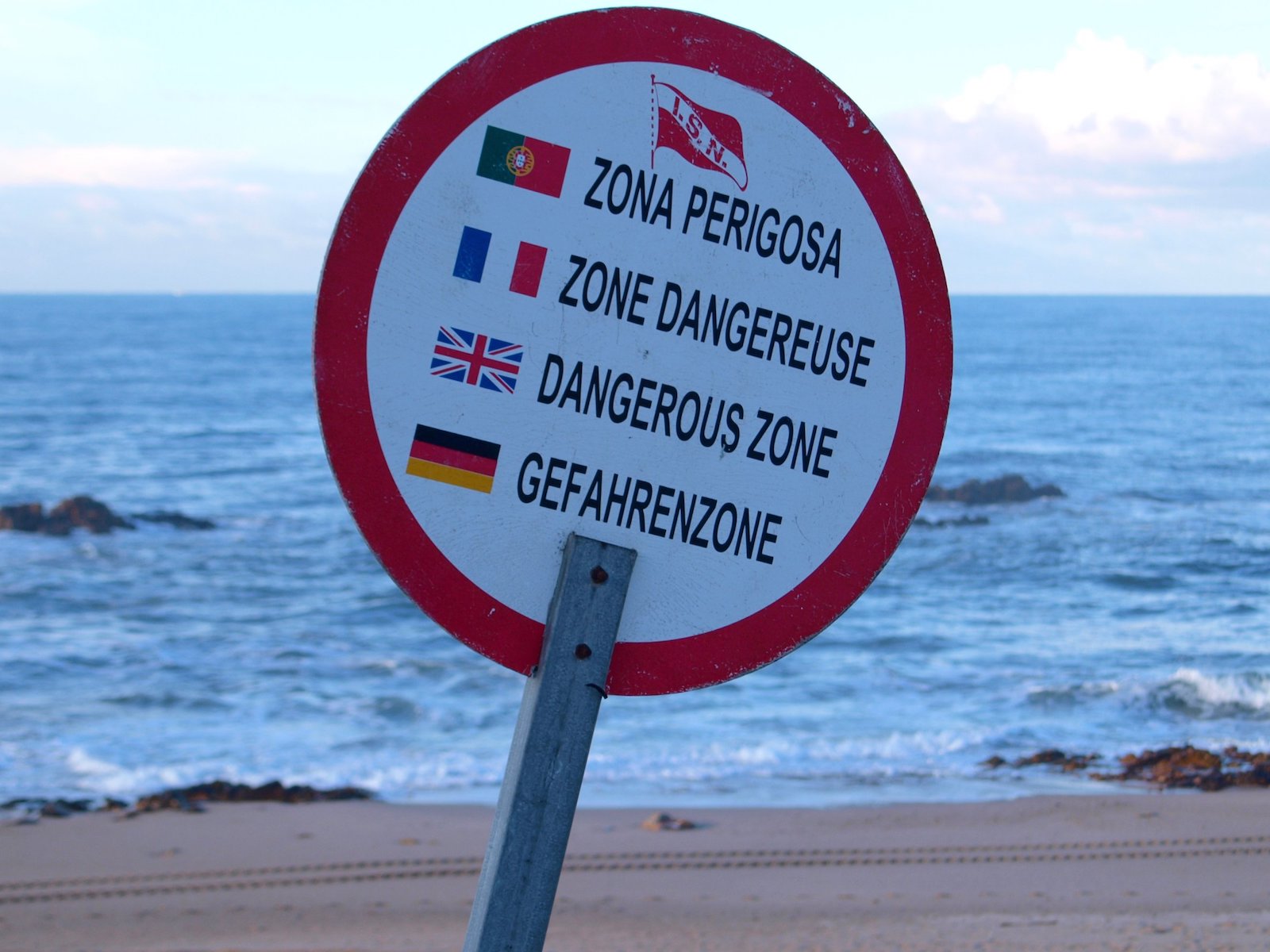
Due to the country’s past, Portugal’s culture is quite diverse and often folklore based. Religion and family are important staples within the culture. There is also a deep appreciation for art, music, dance, and theater.
Official Language
Portuguese people are known for being more laid-back and they are often described as easy-going. Travelers will easily be able to find any help they need, and many locals will go out of their way to assist you.
But you may have to play a game of charades with some locals because Portugal’s most commonly spoken and official language is Portuguese. However, those who are fluent in the language will notice that there are actually 10 dialects of Portuguese spoken by the country’s 10.3 million citizens (as of 2021).
Foreign languages that are also common throughout Portugal include English, Spanish, and French. If you travel off the beaten path, expect to stick to Portuguese. But in tourist areas, English is becoming the most popular second language, which allows the locals and tourists to connect and converse.
Spending Budget

While jetsetters are often eager to take off, you shouldn’t go on a trip unprepared. Before you can leave the tarmac, or even get dropped off at the airport, travelers should consider the cost of their trip. A designated and outlined spending budget is a great way to ensure that you’ll have everything you need for your journey.
Unlike much of Europe, Portugal is an affordable destination when you compare the prices to its neighboring countries. That doesn’t mean you should go on a whim and hope for the best though. This is because there are a few different factors that will make up your budget. The important categories are the price of airfare, accommodation, food, drink, and transportation.
Airfare
For the vast majority of travelers, the most significant chunk of money will go towards your airfare. Though in all fairness, hotels usually add up to more. While Portugal juts out from the main body of Europe, it is still all the way across the Atlantic Ocean and expensive to get to.
The average cost of a ticket from the United States to Portugal’s Lisbon Portela Airport (LIS) is under one thousand dollars. However, some budget airlines or special deals may be able to cut the cost in half.
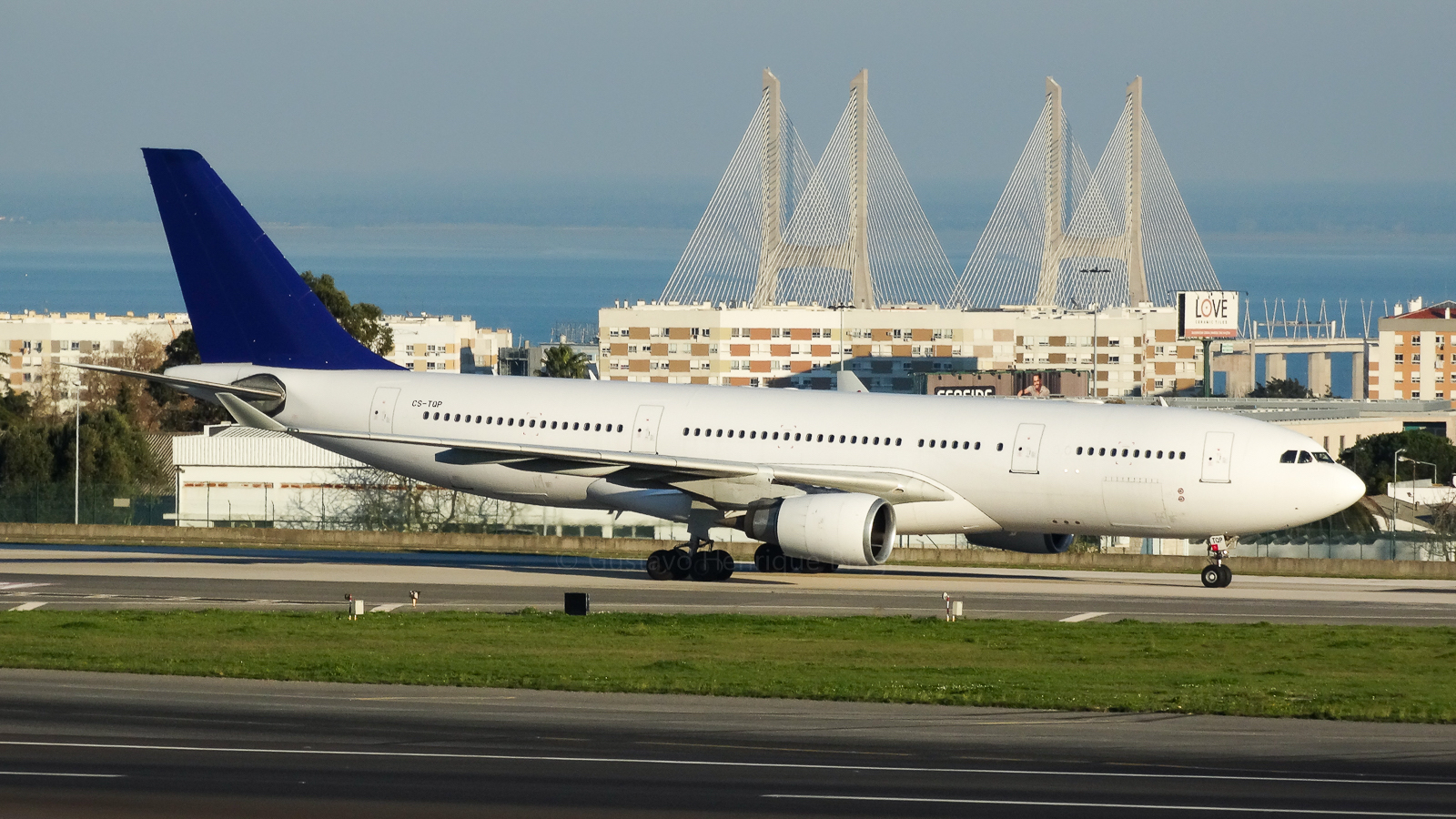
You may also notice that the price of tickets changes throughout the year. This is because it will be more expensive to visit Portugal in its tourist high season than in the off-season. Summer is the peak tourist season in Portugal, though there also may be mini spikes of tourists during the spring or fall.
For most airlines, though, their most expensive tickets are offered during the summertime. By traveling just before or after peak tourist season, you may be able to find a special deal.
Accommodations
Once you’ve gotten the big airfare purchase out of the way and more importantly, know your exact travel dates, the next biggest portion of your budget will probably be your accommodation. Portugal is a great place for backpackers because they have numerous friendly hostels, with both dorm and private rooms, offering affordable nightly prices.
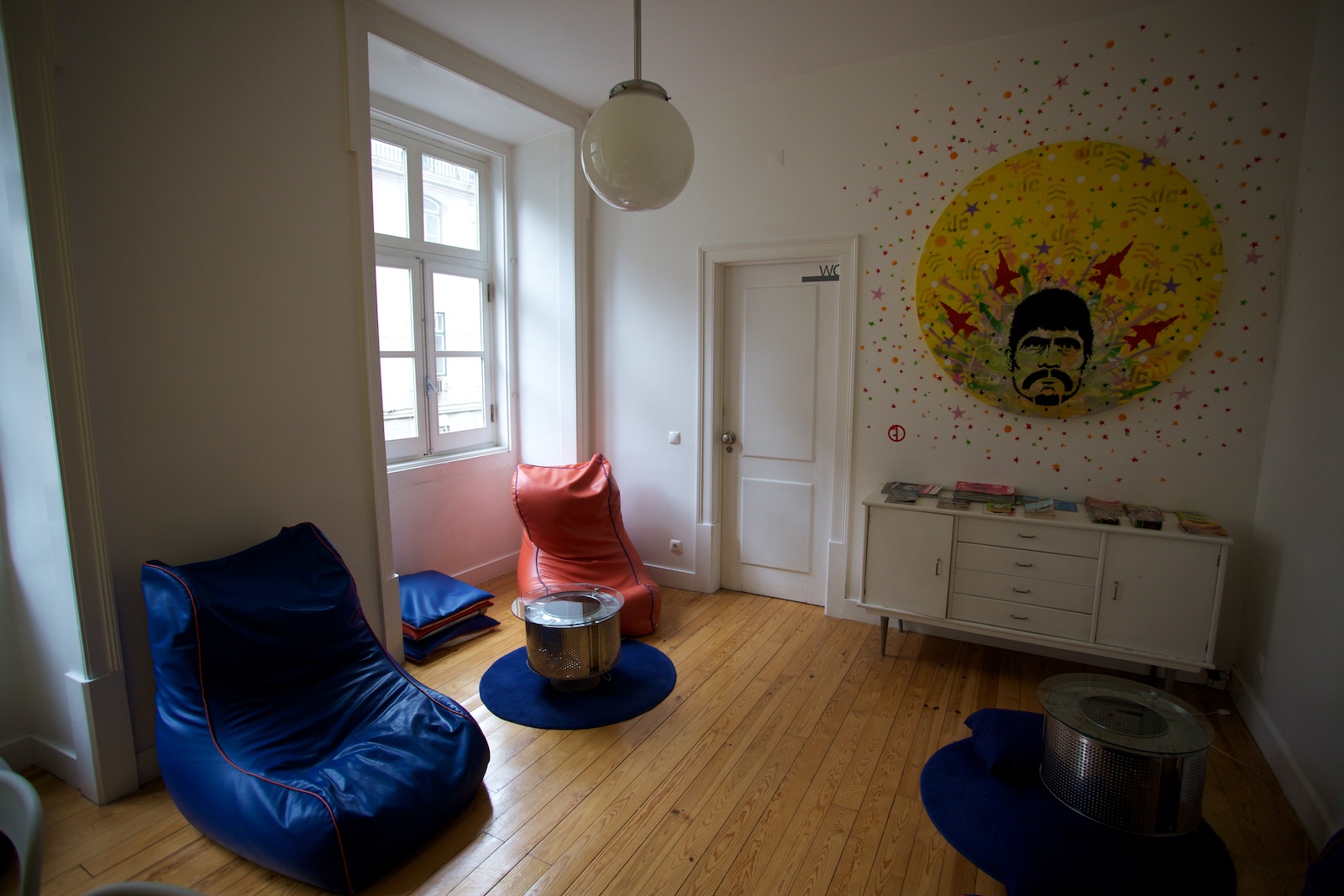
If you want more privacy and less of a group setting, a hotel would be the best option and there is a wide range of prices that you’ll find throughout the country. Budget hotels will be the most cost-effective, while boutique hotels will be rather pricey.
Resorts will cost hundreds per night, although, for those looking for a luxurious vacation, they will come with the best amenities. Lastly, Airbnb is another option and there are many apartments or homes that give you complete privacy.
Portuguese Food
Food is another exciting part of the culture. Many will find that Portuguese cuisine has been heavily influenced by the country’s Atlantic location and proximity to the Mediterranean Sea.
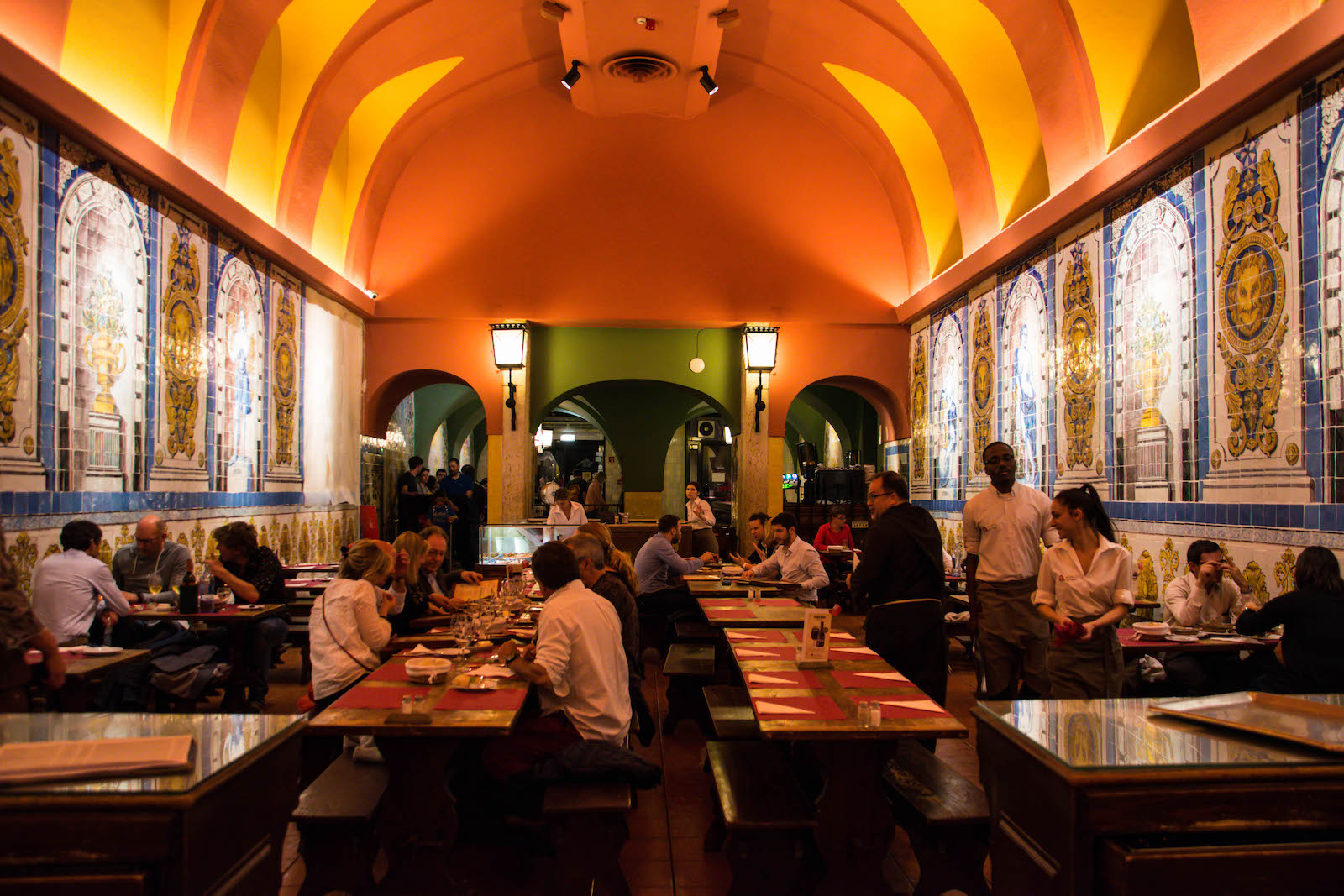
Portugal has many famous dishes, with some of the top ones showing their love of seafood and strong flavors. Cataplana de marisco is a seafood dish that has onions, garlic, and tomato. The seafood is also cooked with chorizo and simmered in white wine. Sardinhas assadas are literally grilled sardines, which are a favorite during the summer months.
Peixinhos da horta is a seafood and meat dish, steeped with rice and vegetables. Feijoada is the original dish that inspired Brazil, and Portugal’s take on the meal is similar. With plenty of beans, feijoada is a thick stew made out of a pig’s snout and ears.
Finally, bacalhau is a dish that you’ll find everywhere, and it is salted and dried cod. Sometimes cooked into other dishes, bacalhau is widely popular throughout the country.
Dining Out
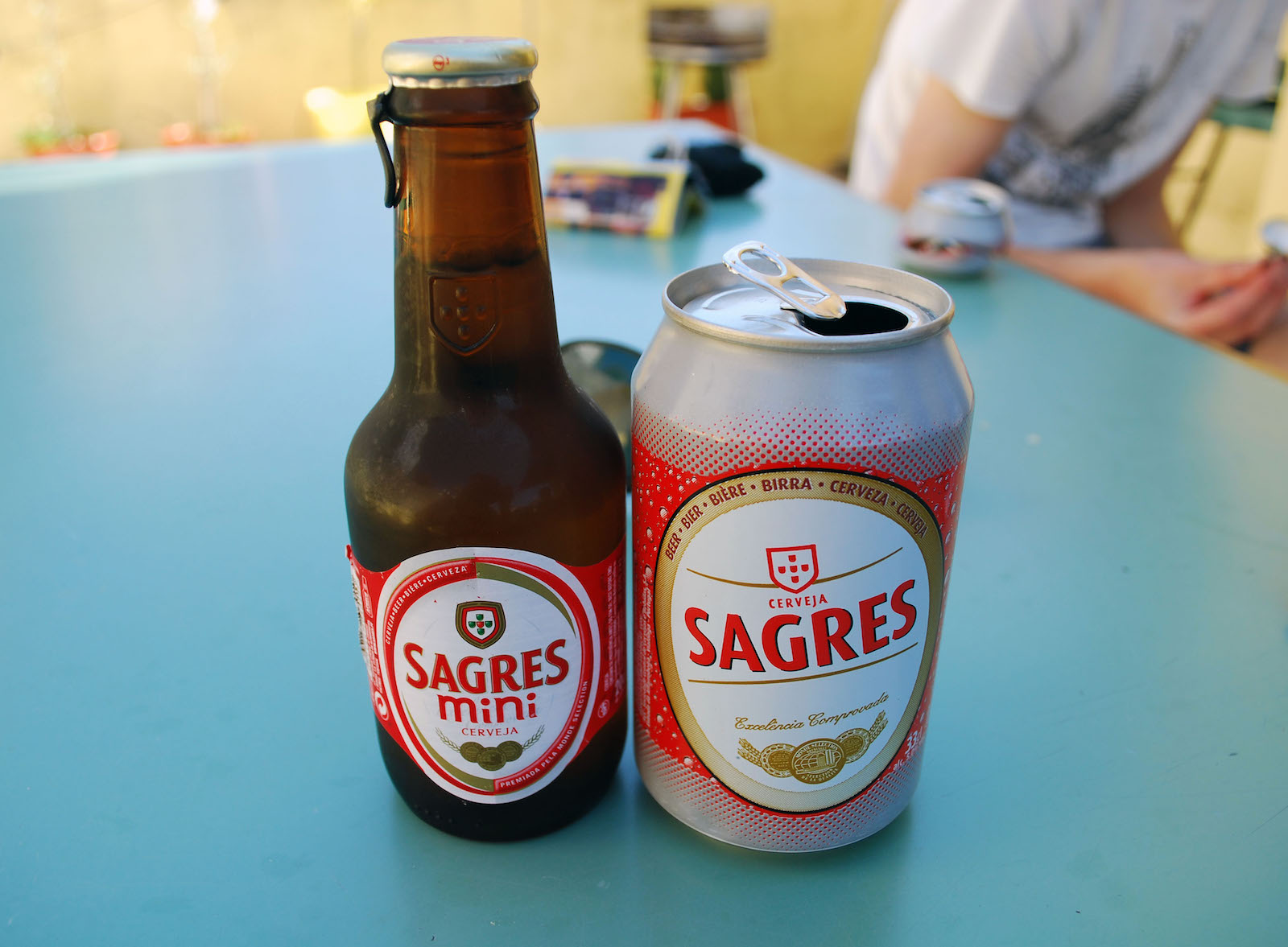
While most people are eager to eat out and try authentic dishes, it’s important to consider the price of food as it can quickly add up. Smaller or lighter meals, like sandwiches or snacks, are the most affordable. However, if you’re looking to sit down at a decent restaurant, you should expect to pay a moderate fee for a meal.
The most expensive dining options will be Michelin-star restaurants, of which, there are currently more than 25 different establishments in Portugal boasting the award. These fine dining options will likely be well over one hundred dollars per meal.
For travelers who enjoy sipping on drinks, the price of alcohol is relatively affordable in Portugal. A nice mid-range bottle of wine costs a few dollars, while a beer will be even less. Local beer is the best way to save as it is the cheapest option.
How to Get Around
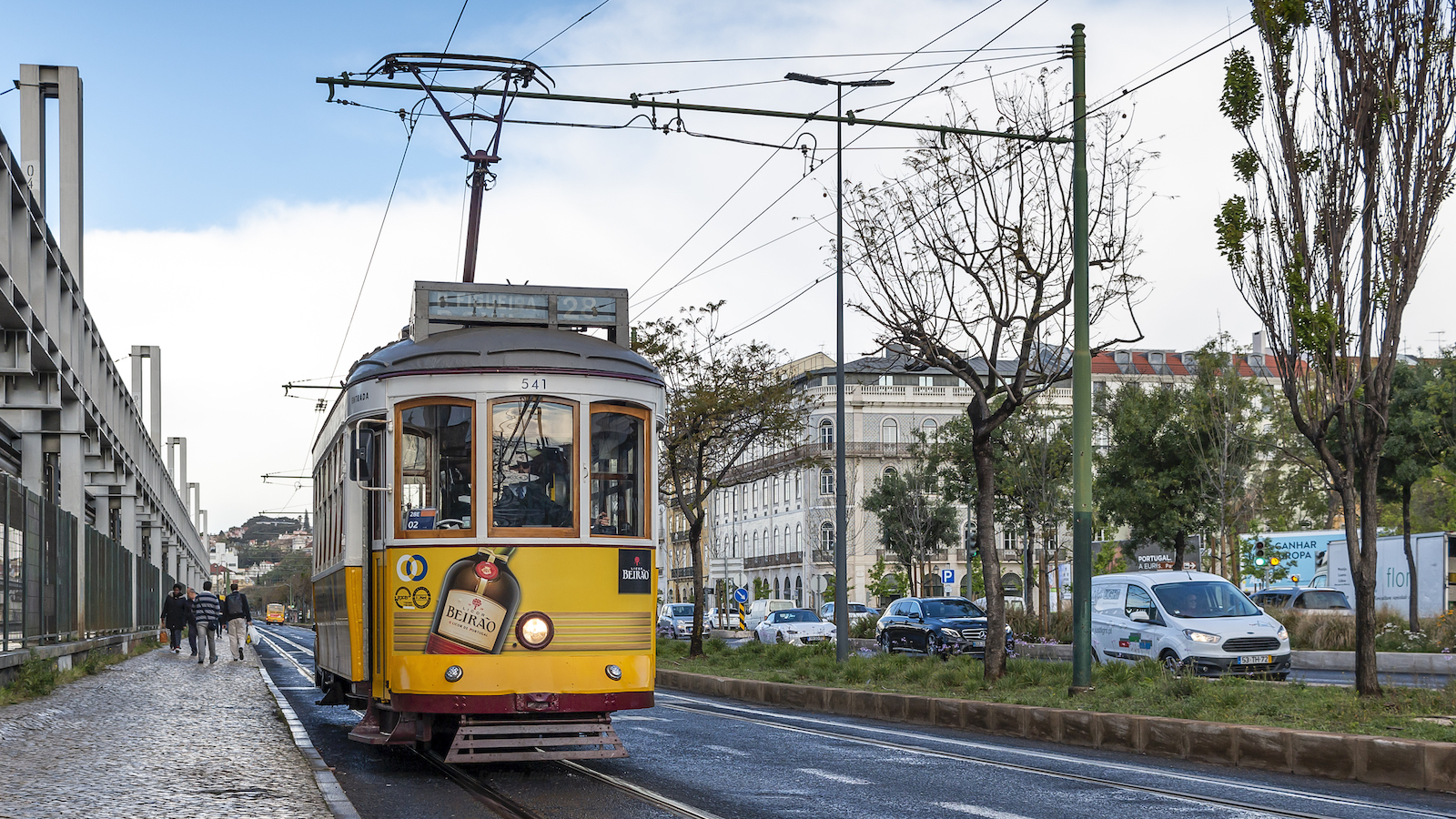
As a smaller country, Portugal is still packed to the brim with places to visit. For travelers, this means you’ll need to decide how to travel once you’ve landed in Portugal. Your range of options includes budget flights, ferries, buses, trains, and local transportation.
Flights and Ferries
Budget flights in Portugal are very affordable and the fastest way for travelers to get around. The country is small, but for some of its territories like the Azores, a plane ride is the only option. Most flights around Portugal will cost a reasonable price.
For traveling specifically between Portugal and the Azores or Madeira Island, there are also ferries available. The ferries would cost a little less than a domestic flight, but you should still expect to pay a modest price for a ticket.
Buses
If you like to travel by bus, these are another great option for busy travelers. The buses in Portugal are similarly priced to budget airline prices, however, they have better packages that can also take you into Spain. Long-distance buses will be the most expensive while shorter rides can be moderately priced.
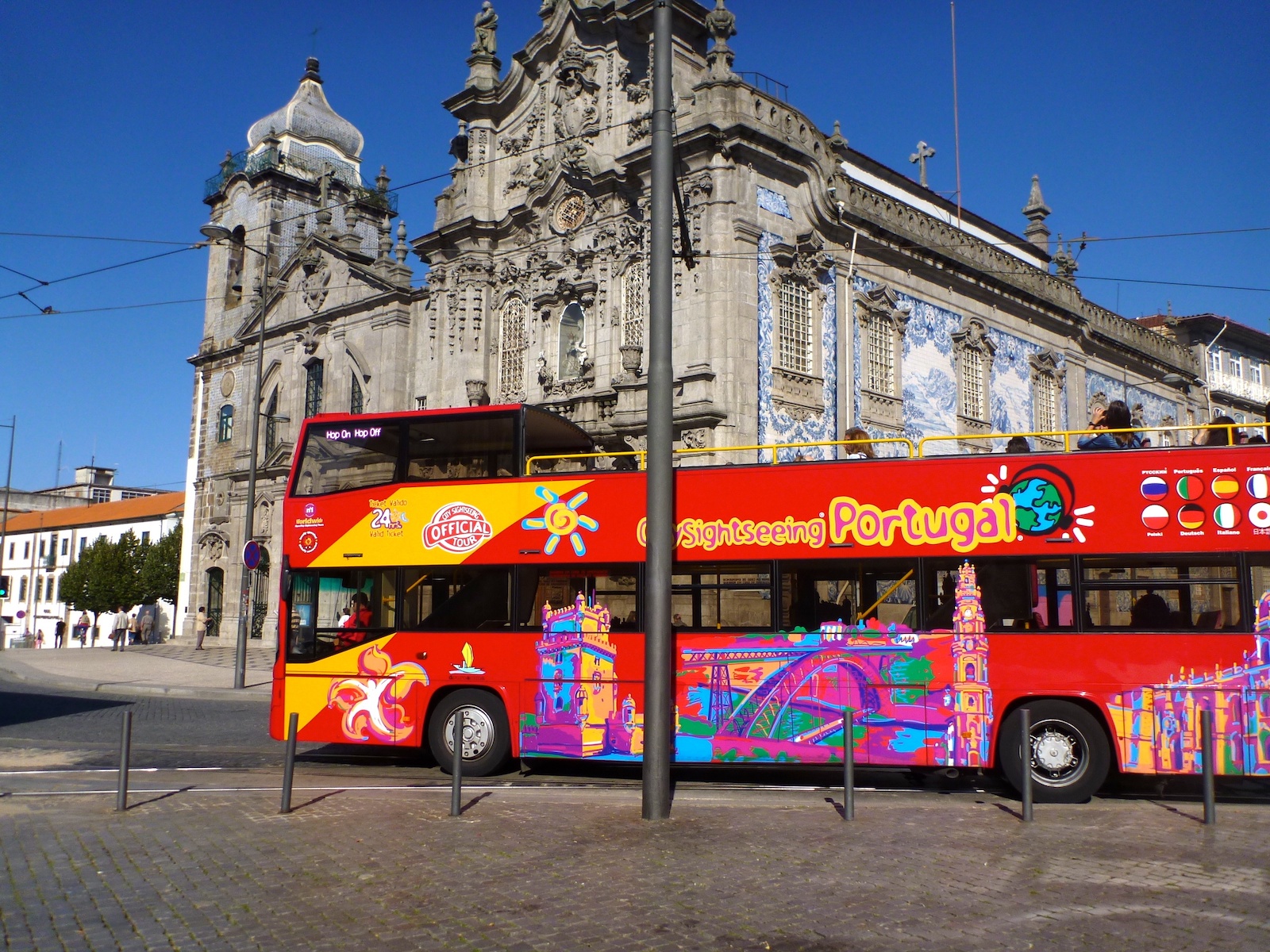
Trains
Trains are a way to travel at a slightly faster pace, though they still allow you to see the landscape as it changes. The high-speed train in Portugal is the best option, especially since the tickets are not much higher than the regular train system.
Public Transportation
In big cities, the public transportation system will be large and reliable. In Lisbon and Porto, you’ll have the option to choose between buses, trams, and a train. Smaller cities may not have a train, but they should have a bus, which would be fairly consistent. All public transportation in local areas will be affordable and tickets normally cost a few dollars per ride.
Taxis and Car Rentals
Taxis and cars are also options, however, the price of trips can quickly add up. Short taxi rides will cost a moderate price, however, for some areas, like the Azores, a car rental is the only reliable method of transportation.
Top Cities to Visit
With a long coast and border with Spain, there are dozens upon dozens of places to visit in Portugal. Boasting stunning waterfronts, castles, and historic sites, you can spend days exploring each location. But the likelihood of seeing them all in one trip is slim, so we’ve chosen the best cities for travelers to visit in Portugal.
Lisbon
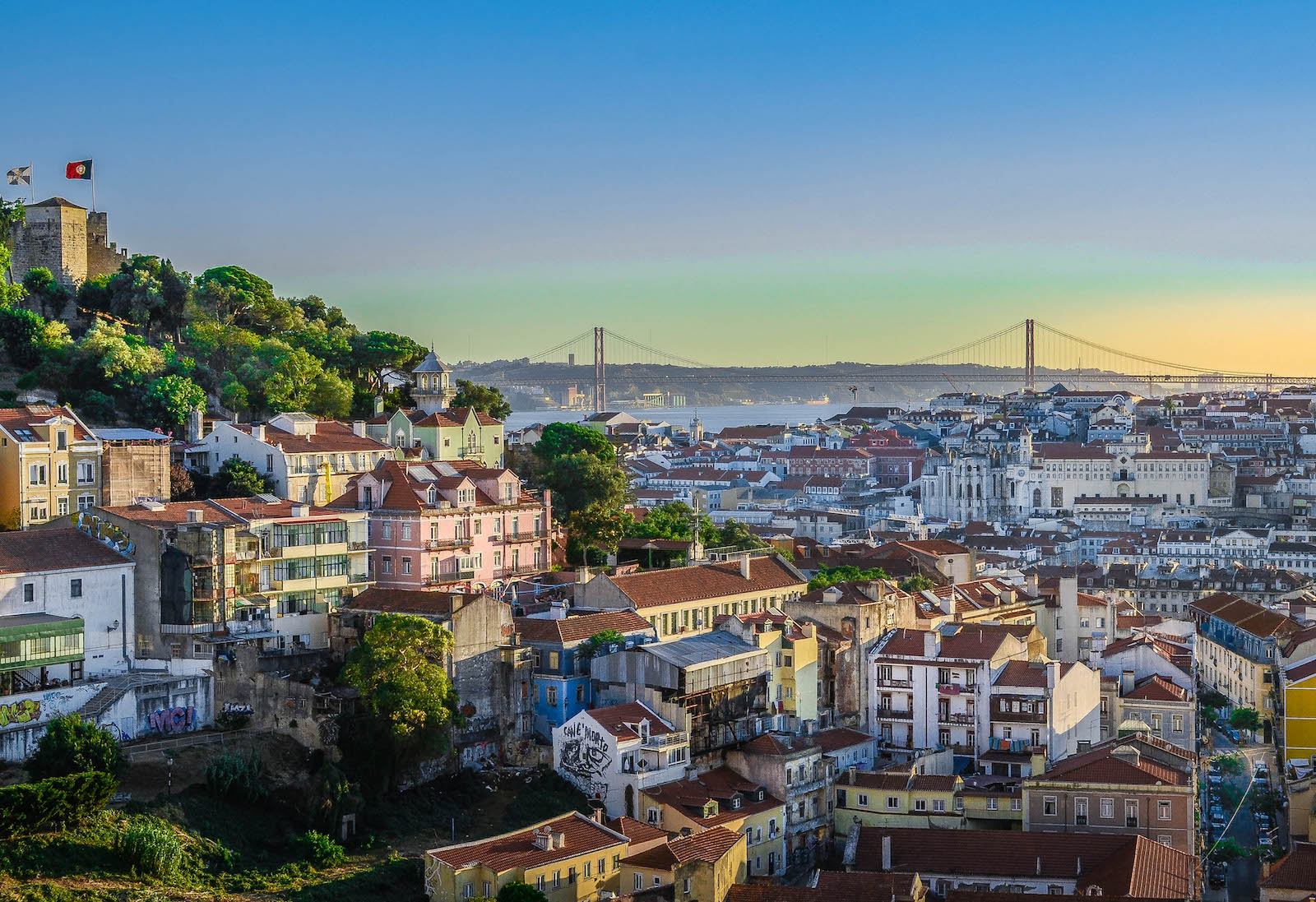
The pastel colors have always made Lisbon adored. However, the famous layout of the city’s 7 hills only succeeds at exaggerating the capital’s beauty. Lisbon is often the place that international travelers first see after arriving in Portugal. Its waterfront location is a perfect introduction to this amazing country.
The narrow streets climb the hills and are packed to the brim with entertainment and culture. Some of the most popular attractions in Lisbon include Alfama and the Castelo de São Jorge.
Óbidos

Once a gift from Kings to their Queens, Óbidos is now open to the public. The whitewashed buildings stand out against the green trees and help give the city its iconic look. Visitors will enter the medieval walls to get into the city to explore its streets.
The cobblestones lead you to cool gems and treasured art pieces. A castle still sits atop the town, but long gone is the monarchy. Now, you can book a stay as the castle has been converted into a luxury hotel.
Sintra

With a lemon yellow Palácio Nacional as the centerpiece of Sintra, visitors are often eager to explore this area because it’s UNESCO World Heritage Site. The impressive palace stands guard over the area and rises above the valley floor. With epic views out to the sea and the nearby town of Cascais, it’s the place to visit in Sintra.
Porto
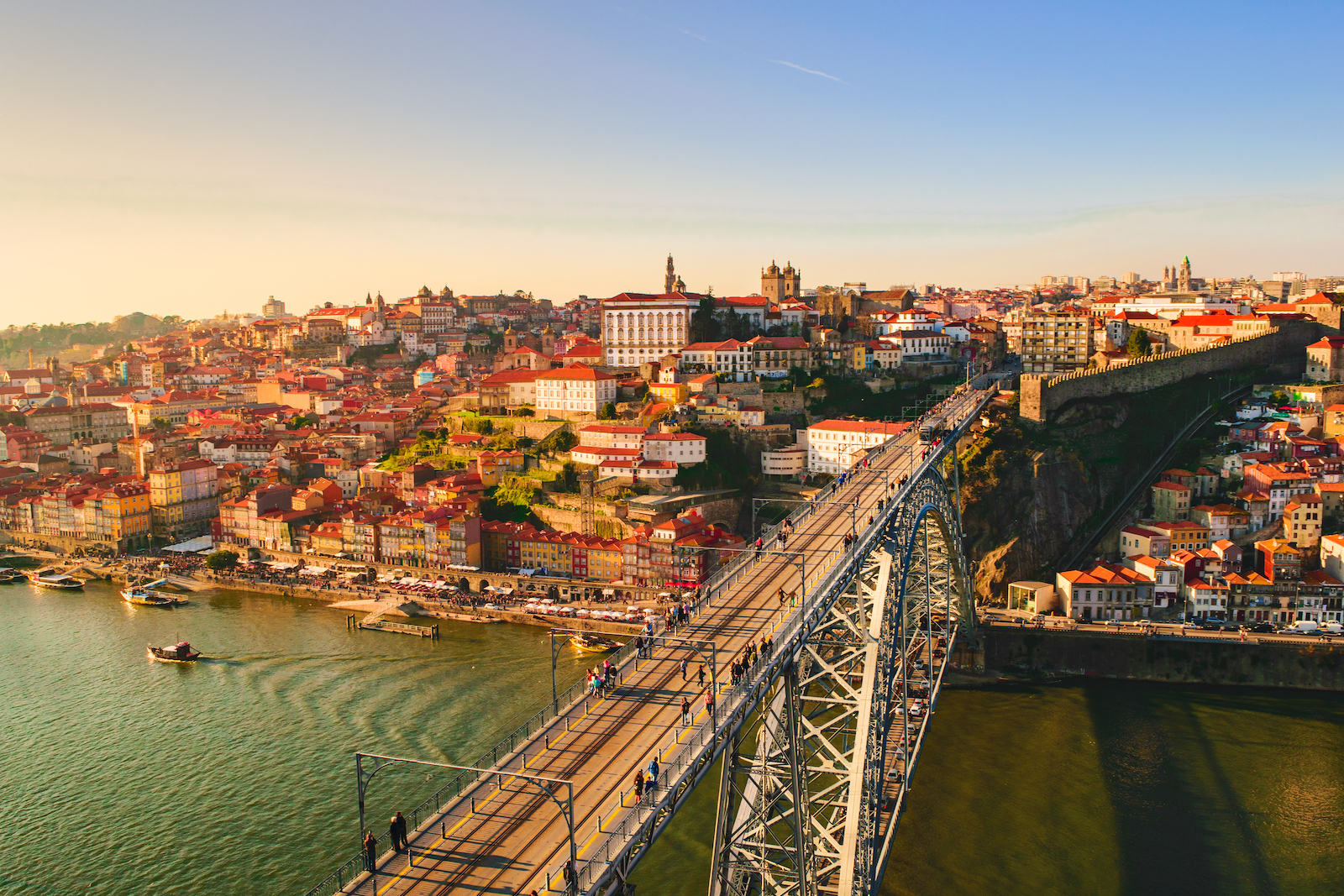
With colorful buildings seemingly stack one atop the other and rising from the waterfront, Porto is Portugal’s take on Italy’s Amalfi Coast. The historical architecture has been recognized by UNESCO and named a World Heritage Site.
Some of the most popular spots in the city include the cathedral called Sé, the double-decked bridge called Ponte Dom Luís I, and the Torre dos Clérigos.
Évora

Once ruled by the Romans, Évora is filled with ruins that have awarded it with World Heritage Status. The Templo Romano is the city’s centerpiece and an amazing sight.
With a peaceful ambiance, this city is also the best place to go to get away from the crowds. Tourists are usually treated as guests and can freely wander the streets and markets.
Points of Interest
Portugal packs their cities full of culture, but sometimes the allure of architecture and art can get overwhelming. There are plenty of points of interest in Portugal that will get you away from the crowds and display the country’s diverse landscapes. Here are some of the top tourist destinations to add to your itinerary.
Elvas

With a grand display of military fortification, Elvas has been preserved and named a World Heritage Site. The ancient walls and moats are scattered amongst the hills and are popular places for curious tourists.
The more remote location of Elvas also takes you deeper into Portugal and further off the tourist’s map, so that you can experience the local lifestyle.
Parque Nacional da Peneda-Gerês

Parque Nacional da Peneda-Gerês is Portugal’s only national park and is famous for its green valleys, quiet lakes, and powerful waterfalls. The wildlife here is rather rare and you may catch a glimpse of wolves or eagles in remote parts of the park. You don’t have to go too deep into the wilderness if you don’t want to. There are villages scattered throughout the area.
Azores
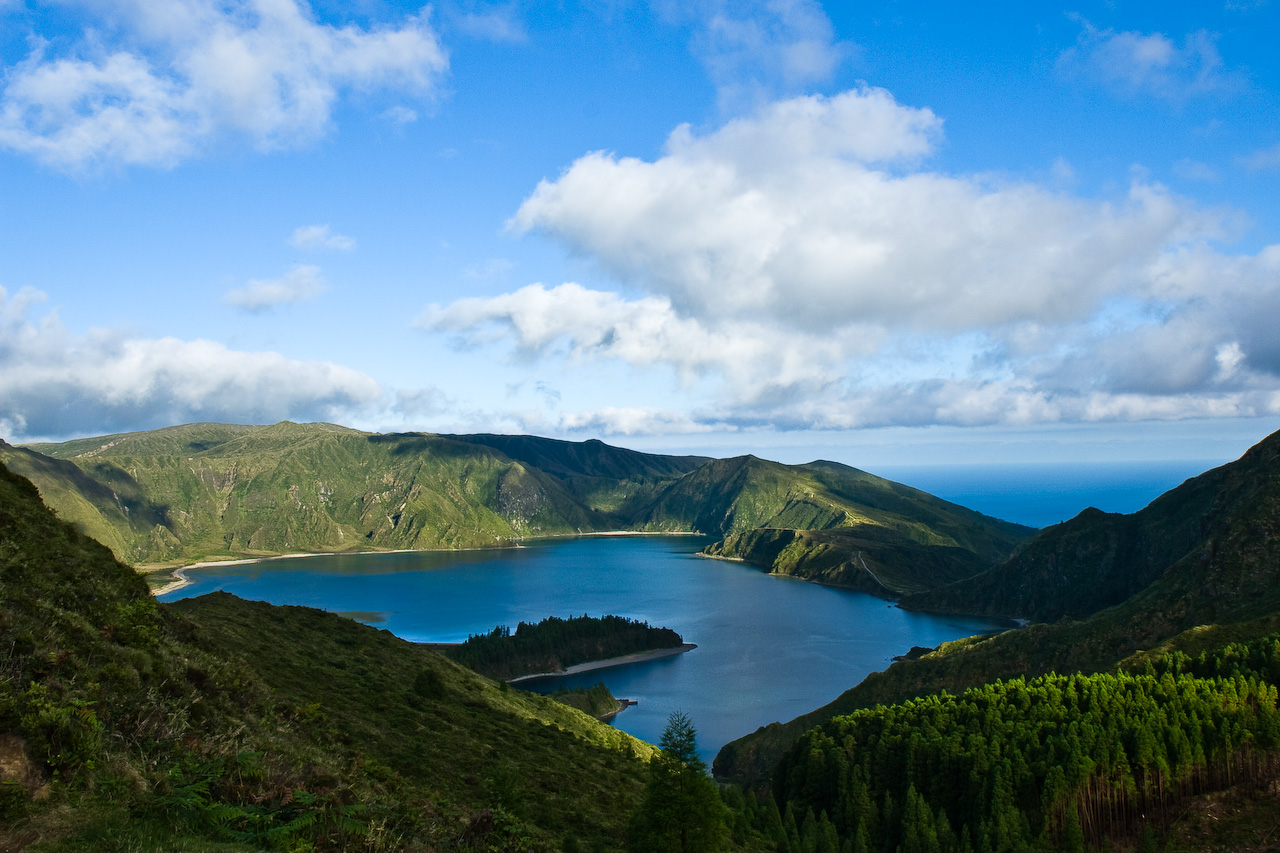
The Azores are a group of 9 volcanic islands that are out in the Atlantic Ocean to the west of Portugal. São Miguel is the largest and most popular island in the Azores. It’s nicknamed the “Green Island”. In the Azores, tourists flock to the hot springs, towns, and for an afternoon spent whale watching.
Madeira

Often called the “Floating Garden of the Atlantic”, this island off the coast of Portugal is considered to be one of the nation’s popular destinations. Sitting out in the Atlantic Ocean, Madeira Island is touted for its Orchid Garden and Laurissilva Forest.
Beaches and the capital of Funchal are also major hotspots, which highlight the island’s history and culture.
“Seleção das Quinas” (“The Selection of the Shields”)
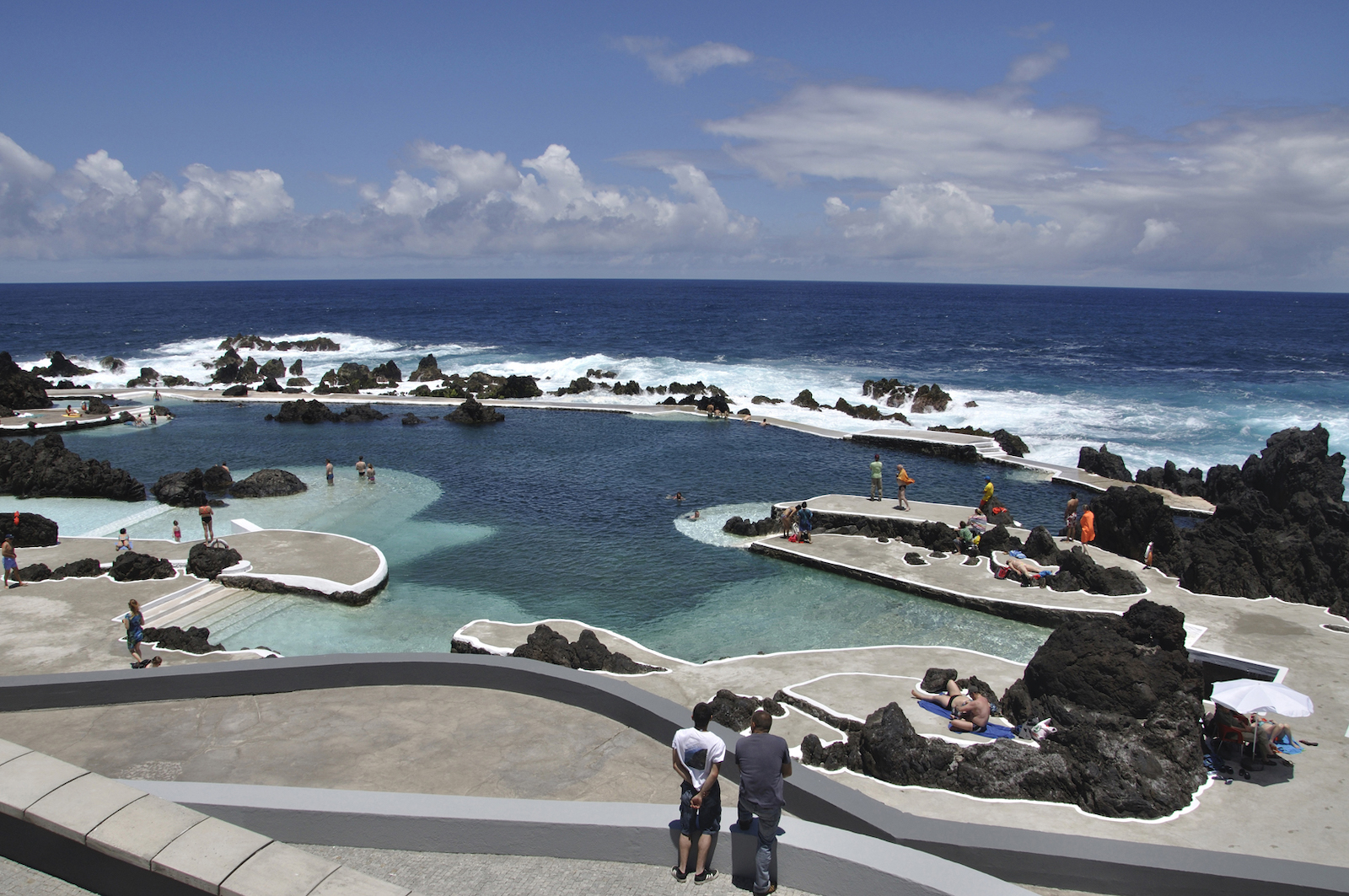
While Portugal may not be as popular a destination as other countries located in the interior of Europe, that doesn’t mean it should be skipped. With slightly less tourism than its neighbors, Portugal gives travelers the chance to experience European opulence without the massive crowds.
With a well-recorded history and epic landscape, you’ll get a complete vacation package filled with culture and beauty in Portugal.



 12 Best Beach Towns to Live in Hawaii
12 Best Beach Towns to Live in Hawaii